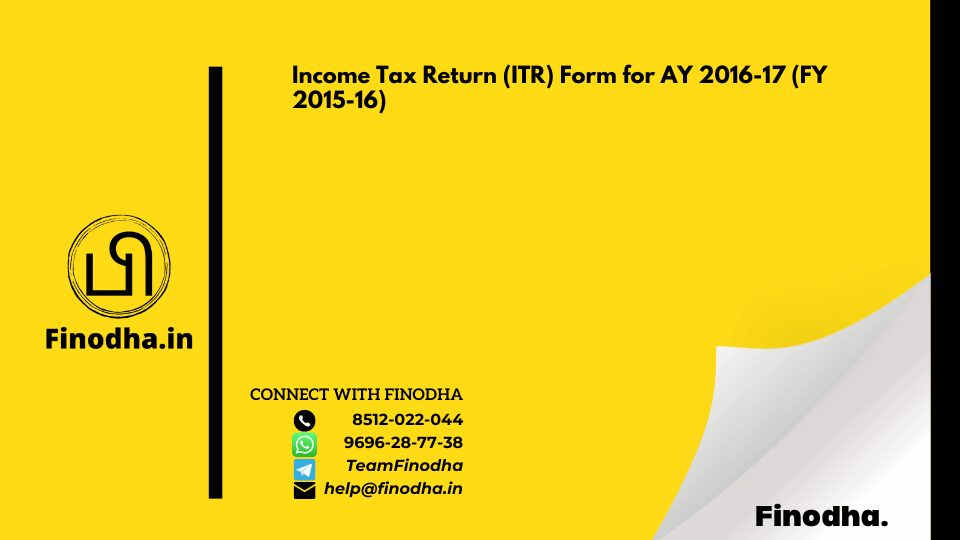Important Keyword: Assessment Year, ITR Form, ITR-1, ITR-2, ITR-3, ITR-4. Income Tax Return (ITR) Form for AY 2016-17...


Important Keyword: Assessment Year, ITR Form, ITR-1, ITR-2, ITR-3, ITR-4. Income Tax Return (ITR) Form for AY 2016-17...

Important Keyword: Capital Gains, HUF, Income Heads, ITR Form, ITR-2. What is ITR-2 Form?Important Income Tax...

Important Keyword: HUF, Income from Business & Profession, ITR-2, Section 80C, Section 80D, Section 80TTA. Hindu...
Important Keyword: Direct Tax, Income Tax, ITR-1, ITR-2, ITR-3, ITR-4, Taxpayer Categories, TDS. ITR: What is Income...
Important Keyword: Business Income, Capital Gains, Equity Trading, Income Tax Rates, ITR-2, Tax Audit. Income Tax on...
Important keyword: Capital Gains, ETF, ITR-2, Trading Income. ETF: Exchange Traded FundETF: MeaningTax treatment of...
Important Keyword: Capital Gains, ITR-2, Trading Income, Unlisted Shares. Tax on Unlisted SharesWhat are Unlisted...
Important Keyword: Income from House Property, Income Heads, Income Tax, ITR-2. What is Pre-construction Interest?How...
Important Keyword: Clubbing of Income, HUF, ITR-2, Salary Income. Clubbing of Income under Section 64What is Clubbing...
Important Keyword: Bonds & Debentures, Capital Gains, ITR-2, Trading Income. Income Tax on Bonds and...